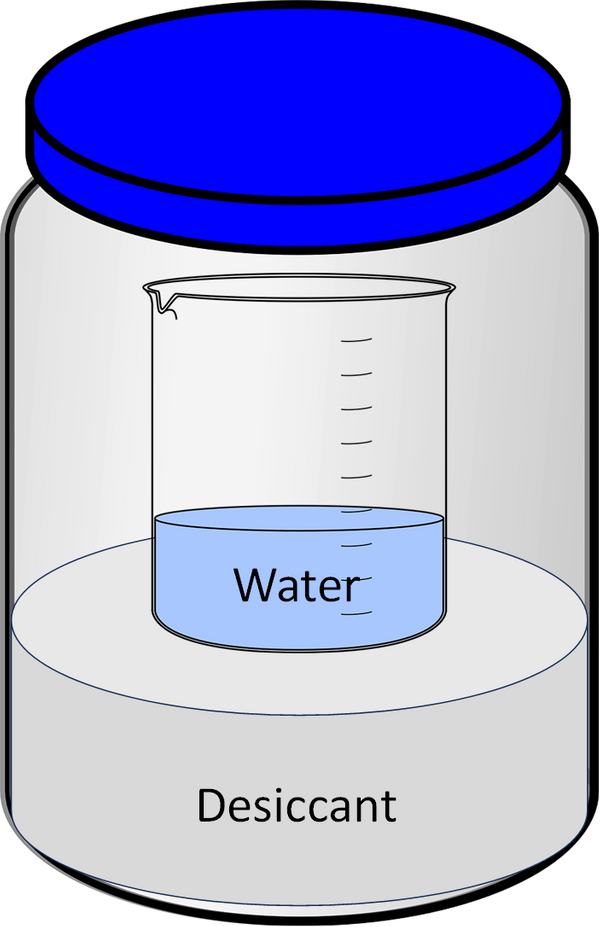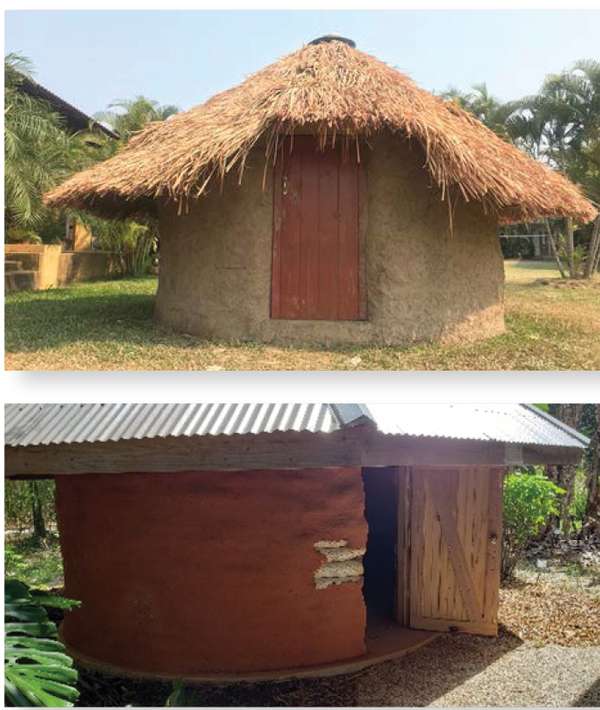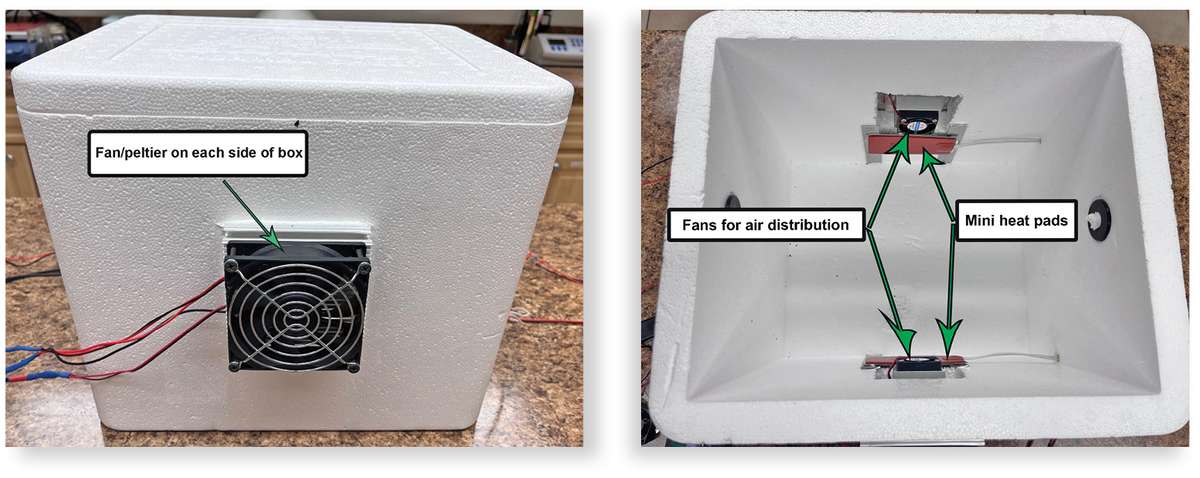Dear friends of ECHO,
Greetings from ECHO Global. Thank you for contributing to the mission and vision of ECHO in various ways. Your expertise and willingness to share your knowledge is much appreciated. For those who I have not met, my name is Tim Motis. My role as an ECHO staff member involves building the capacity of our network to research and disseminate information on agricultural options relevant to small-scale farmers. I would like to begin reaching out regularly to those like yourself who have an interest in research related to smallholder agriculture. Goals of this and future communications are:
- To present research-related opportunities for engagement with ECHO. I envision a mix of options, some of which make sense for field studies and others for those in academia with access to laboratories, journal databases, and data analysis tools.
- To facilitate the exchange of ideas and knowledge.
- To provide updates on research happening at ECHO and across our network.
With the above in mind, here are a few opportunities to consider:
Engagement Opportunities
Monitoring and evaluation (M & E)
How can we assess the impact of agricultural projects and practices? A challenge for ECHO is that we do not have our own on-the-ground projects to evaluate, since we work through partners. That said, if we can develop informational tools that help development workers assess the effectiveness of their projects, we will get a better sense of the impact of practices and innovations written about in ECHO publications. Are you aware of one or more monitoring and evaluation techniques that ECHO should consider? We are looking for methodologies that development practitioners can readily implement in the field, without needing to have complex statistical modeling skills. How can a development worker design a survey and draw conclusions from the results? What statistics can easily be generated with widely-available software? If you have experience in this area, please correspond with us so that we can potentially feature M & E tools and concepts in future ECHO publications.
Plant nutrition information
Updating ECHO publications: We have a number of publications with nutritional information on various plants. These should be revisited and updated as needed to reflect current knowledge. If you have expertise in food science and would be willing to review a document or two, let me know.

Photo of leaves that were chopped (left) prior to boiling (right).
Safe consumption of chaya (Cnidoscolus aconitifolius): Chaya is a perennial shrub that is an excellent source of nutritious, edible leaves. Much like cassava, however, it contains cyanogenic glycosides that release hydrocyanic acid (HCN) when cooked in water. While these compounds confer protection against herbivory, the plants should be processed before eating. We know that boiling the leaves is effective. Two questions we have been recently receiving from the network are:
- Does drying chaya leaves make them safe to eat? What little information there is in the literature suggests that drying is most effective if combined with crushing or grinding.
- Does adding citric acid to fresh chaya leaves in a blender make it safe to consume? In parts of Latin America chaya leaves are put in a blender along with acidic fruit and consumed as a drink or smoothie. Citric acid is said to render the drink safe. ECHO would be glad to send chaya leaves if this is something you could test in your lab. There are also some semi-quantitative test strips for free CN— that could be used.
Knowledge Exchange
A research round table
This will be an opportunity to share and exchange ideas for research that makes a difference in the lives of small-scale farmers. Plans are not finalized yet, but we are thinking of holding a research round table discussion in conjunction with the ECHO International Agriculture Conference November 12-14, 2024. Stay tuned for more information!
ECHOcommunity Conversations
Conversations is a forum on ECHOcommunity that allows you to respond to people’s questions and contribute to conversations taking place. You are welcome to participate in this way. You do not have to register as a member of ECHOcommunity to view conversations but doing so will allow you to post replies or start new dialogs.
Research Updates
Desiccant testing
 Tom Bierma has been volunteering a few hours each week to run small experiments in the lab, on our Florida campus, to come up with a protocol for screening desiccants for their ability to take up water. As Tom illustrated (right) and explained:
Tom Bierma has been volunteering a few hours each week to run small experiments in the lab, on our Florida campus, to come up with a protocol for screening desiccants for their ability to take up water. As Tom illustrated (right) and explained:
“This method involves exposing the candidate material to a near-100% relative-humidity (RH) atmosphere in a container and measuring weight gain of the material. The 100% RH is maintained by a small reservoir of liquid water within the container. As an accuracy check on material weight-gain measurements, you can also measure weight loss in the water reservoir.”
This has implications for seed drying and storage in humid environments. Tom has been fine-tuning the method with silica gel, two types of biochar (made with bamboo and Alternanthera piloxeroides [an aquatic weed]), and milled white rice.
Moringa drying
I had tested the moisture content of moringa leaves dried in an air-conditioned room at 23.5 °C and 65% humidity, mainly to see if it is possible for US gardeners in Florida to dry moringa indoors when it is humid or raining outside. The leaves dried down fairly well to a moisture content of 10.5%. That led to the question of what moisture content is suitable for storing moringa powder. As shared in this ECHO Conversation, a literature search revealed that a moisture content of 7% to 10% is ideal for preventing mold and maintaining quality of moringa leaf powder. This knowledge along with additional findings from research reports resulted in an ECHO Development Note article on Harvesting and Drying Considerations for Quality Moringa Leaf Powder.

Fresh moringa leaves (left) dried (right) in an air-conditioned room.
How important is stable temperature for storing seeds?
 We know and have emphasized in the past that seed moisture in equilibrium with humidity is an important factor in maintaining viability of stored seeds. Air temperature in the storage space is something we would like to explore more, particularly in light of earthbag storage structures being used for community seed banking in Asia and demonstrated at our North America Regional Impact Center in Florida.
We know and have emphasized in the past that seed moisture in equilibrium with humidity is an important factor in maintaining viability of stored seeds. Air temperature in the storage space is something we would like to explore more, particularly in light of earthbag storage structures being used for community seed banking in Asia and demonstrated at our North America Regional Impact Center in Florida.
We are planning to start a seed storage trial that investigates the effects of temperature fluctuations on seeds in storage. We have designed a way to use Arduino technology to create predictable temperature fluctuations within a storage container (Styrofoam box). This temperature-controlled box could be used to simulate widely-fluctuating temperatures as one of the treatments. Conversely, an earthbag house could serve as a treatment for stable temperatures. We envision placing seeds in sealed, foil packets that would exclude humidity as a confounding factor.
Here’s where we could use some advice with respect to experimental design for meaningful statistics and results. What is the best way to get, say, four replications in a study like this? It would be cumbersome to build four temperature-controlled Styrofoam boxes and even more impractical to have four earthbag houses. Another possibility would be to perform multiple runs of the same trial, with each run considered a rep, but that would take too much time considering we will want to test the effect of temperature over at least 6 months. Lastly, we could place enough packets in the box and earthbag house to have four replicates per sampling (to assess germination percentage). Is that approach valid, or will we run into the issue of pseudo replication? We welcome your insights.

A temperature-controlled chamber made with an inexpensive Styrofoam box equipped with low-cost hardware for cooling (fan-cooled peltier) and heating (mini heat pads). This box would be used for a control treatment in which temperatures fluctuate daily from a low of about 10 to a high of about 35 degrees C.
Sincerely,
Tim Motis
Global Research and Publications Director
ECHO Inc.
To correspond with ideas and feedback about the topics of this newsletter, email publishing@echonet.org.
